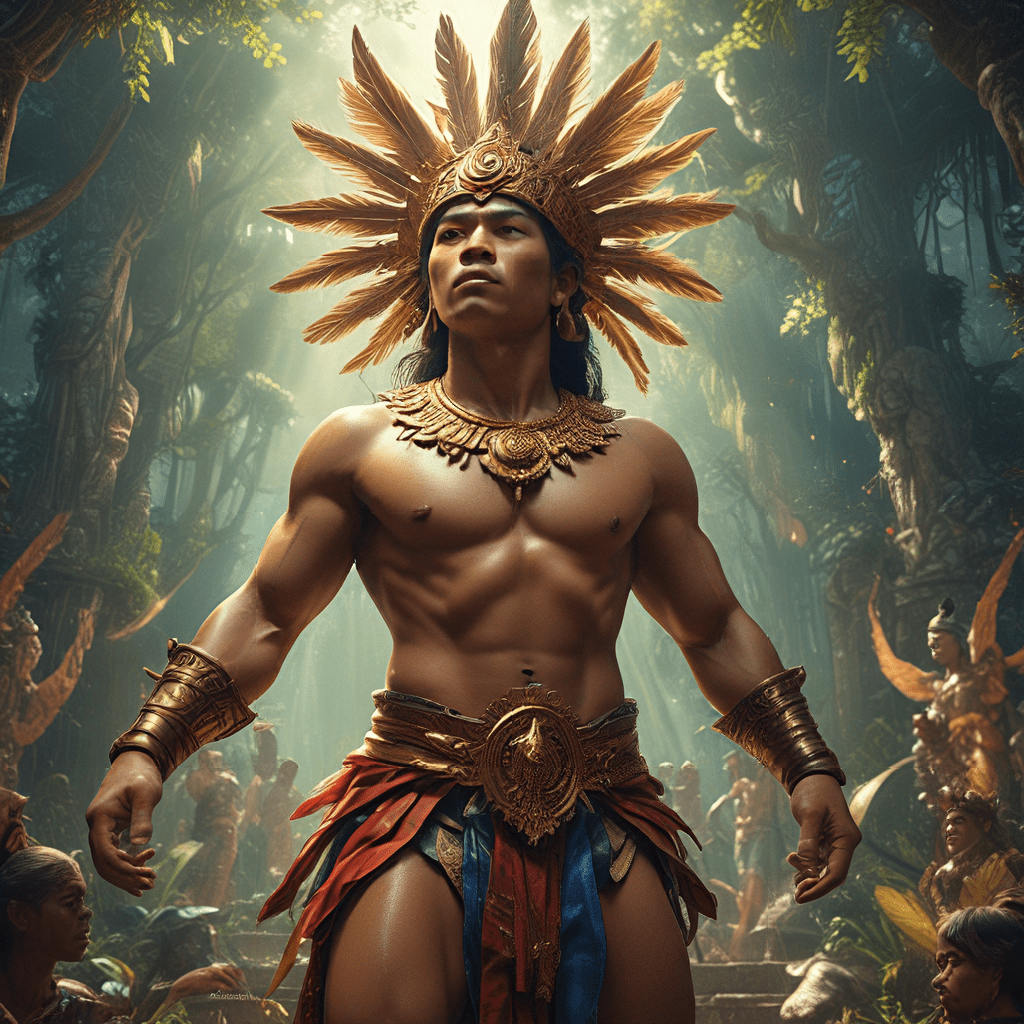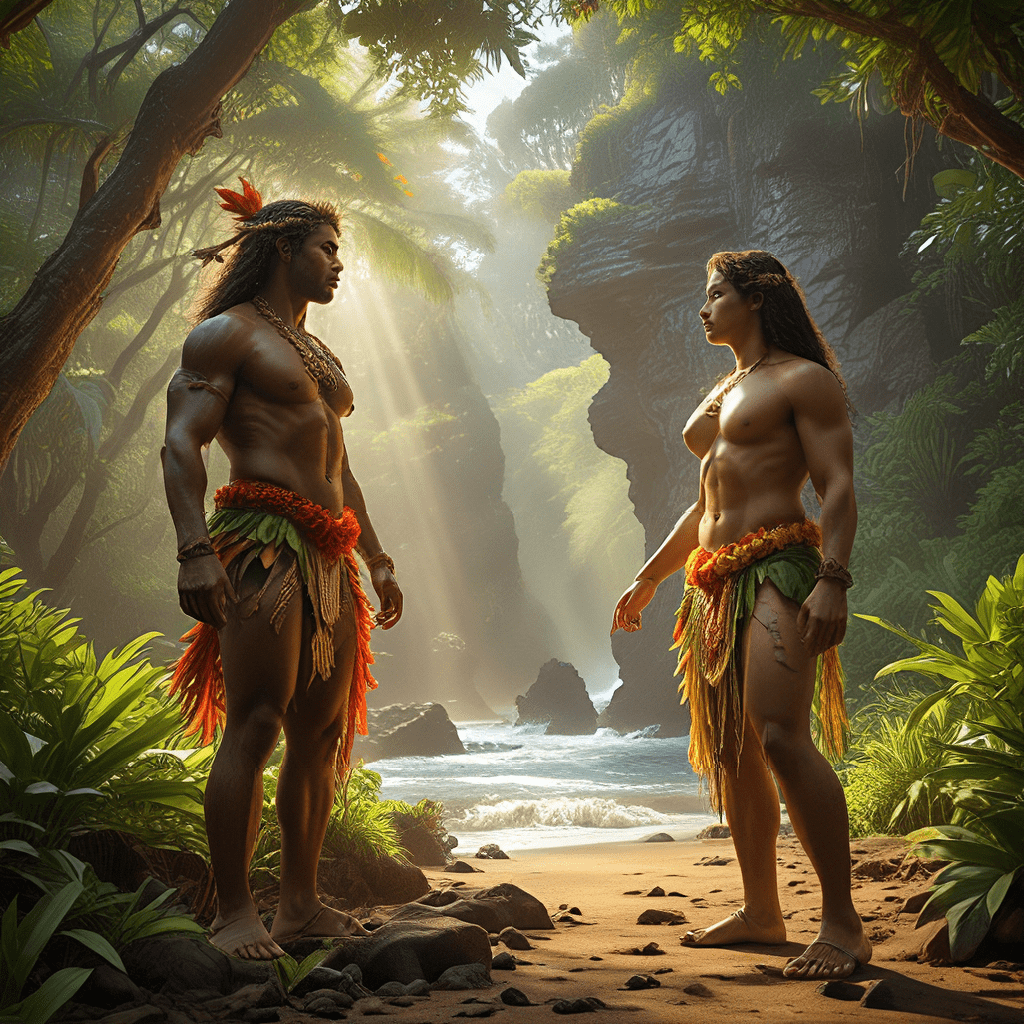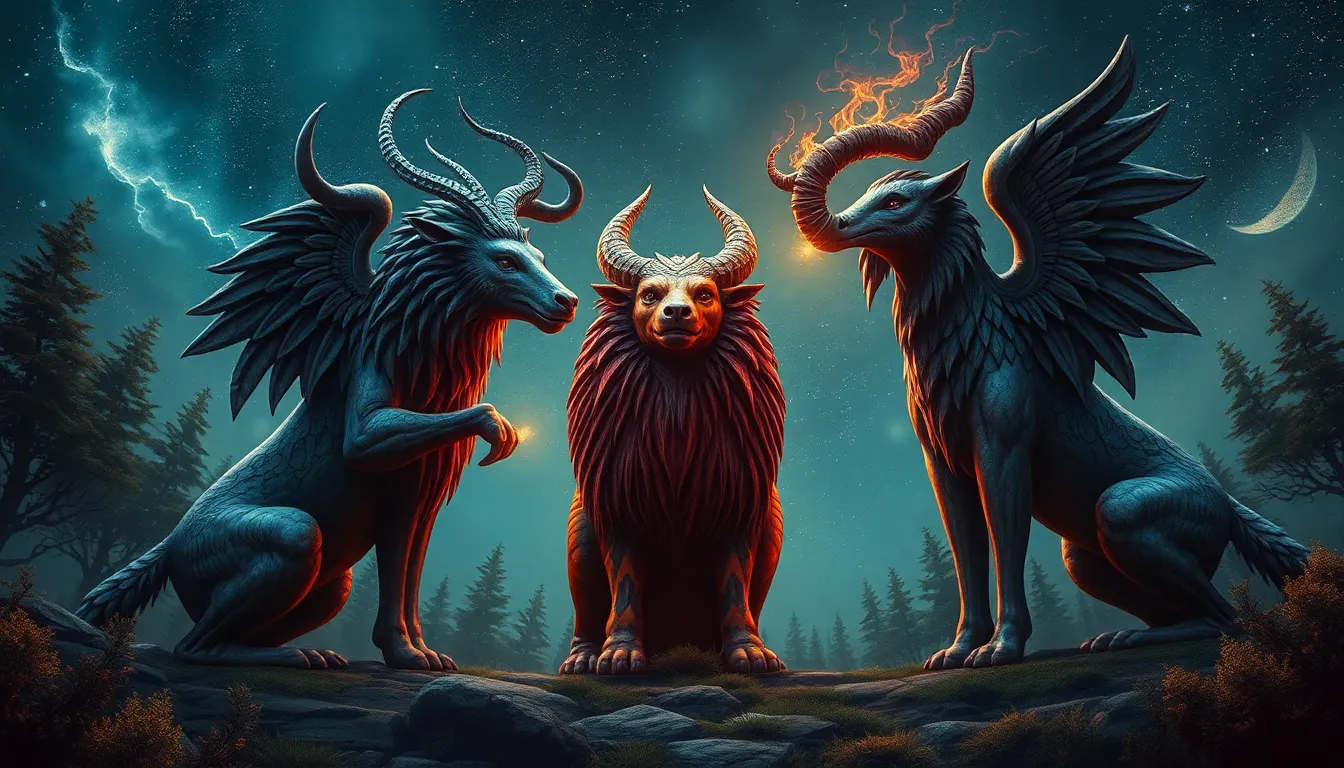Filipino Mythology: Legends Passed Down Through Generations
The Philippines, a vibrant archipelago in Southeast Asia, boasts a rich and fascinating tapestry of mythology. For centuries, Filipinos have passed down stories of gods, goddesses, mythical creatures, and heroes, woven into their cultural fabric. These legends offer a glimpse into the beliefs, values, and worldview of the Filipino people, reflecting their deep connection with nature, the spirits of the ancestors, and the divine.
The Rich Tapestry of Filipino Folklore
Filipino mythology is a diverse blend of indigenous traditions, influenced by centuries of cultural exchange, particularly with the Spanish. These stories are not merely entertaining tales but serve as moral guides, explaining the natural world, and providing a sense of identity and belonging. From the epic tales of heroes like Lam-ang to the whimsical stories of the tikbalang, a mythical horse spirit, Filipino mythology is a treasure trove of captivating narratives.
The Creation Myth: From Bathala to the World’s Beginnings
At the heart of Filipino mythology lies the creation myth, which explains the origin of the world and its people. According to one prevalent story, the supreme god, Bathala, created the world from a giant egg. He then fashioned the first man and woman from clay, breathing life into them. Bathala is depicted as the benevolent creator and ruler of the universe, a powerful figure who embodies the forces of nature and the divine will. Other versions of the creation myth involve other gods, each contributing to the world's formation. The story of the "kakau" is one example, where the deity, "Manalmon", shapes the first human beings from bamboo.
Creatures of Myth: From Aswang to Kapre
Filipino mythology is populated by a wide array of mythical creatures, each with unique characteristics and powers. From the fearsome aswang, a shapeshifting creature that feeds on human flesh, to the playful tikbalang, a creature that leads travelers astray, these beings embody both the beauty and the danger of the natural world. The "kapre," a giant, cigar-smoking creature, is often associated with the forests, while the "duwende," a mischievous dwarf-like being, is said to inhabit homes and gardens. These creatures often serve as warnings, encouraging respect for the environment and the spiritual world.
The Gods and Goddesses: A Pantheon of Divine Beings
The Filipino pantheon is filled with gods and goddesses associated with various aspects of nature and human life. Alongside Bathala, there is "Mayari," the goddess of the moon, "Sidapa," the goddess of the sun, "Lalahon," the goddess of the sea, and many more. These deities often intervene in human affairs, dispensing justice, granting blessings, or punishing wrongdoing. Some gods, like "Apolaki," are associated with fire and war, while others, like "Ikapati," are connected with the earth and agriculture. These gods and goddesses reflect the Filipino people's reverence for the natural world and the spiritual forces that govern it.
The Impact of Spanish Colonization: Intertwining of Myths and Christianity
The arrival of the Spanish in the 16th century had a profound impact on Filipino mythology. The Spanish, seeking to convert the indigenous population to Christianity, sought to suppress traditional beliefs and practices. This led to a blending of indigenous myths with Christian doctrines, resulting in a unique syncretism. Many pre-colonial deities were assimilated into the Christian pantheon, often being recast as saints or angels. For example, Bathala, the supreme god, was sometimes equated with God the Father. This fusion of ancient beliefs and Christian teachings created a new layer of meaning and complexity within Filipino mythology.
However, despite the efforts of the Spanish, many traditional beliefs and practices persisted. The oral tradition continued to pass down stories of the old gods and goddesses, as well as the mythical creatures of Filipino folklore. This resistance to complete cultural assimilation highlights the resilience of the indigenous culture and the enduring power of traditional stories.
The Role of Storytelling: Preserving Tradition Through Oral Transmission
For generations, Filipino mythology has been passed down through oral storytelling. Elders would gather family and community members to share tales of gods, goddesses, heroes, and mythical creatures. These stories served as a form of entertainment, education, and moral instruction. Through these narratives, Filipinos learned about their history, culture, and values. This oral tradition played a vital role in preserving Filipino mythology and ensuring its survival through the centuries.
Contemporary Interpretation: Modern Adaptations of Filipino Mythology
Today, Filipino mythology continues to inspire artists, writers, and filmmakers. Contemporary writers are re-imagining classic myths for modern audiences, incorporating elements of fantasy, science fiction, and social commentary. Filmmakers are exploring the rich tapestry of Filipino folklore, using animation, special effects, and innovative storytelling techniques to bring these ancient tales to life. These adaptations not only entertain but also serve to bridge the gap between generations, ensuring that Filipino mythology remains relevant and engaging for contemporary audiences.
Theories on the Origins and Evolution of Filipino Mythology
Scholars have proposed various theories about the origins and evolution of Filipino mythology. Some believe that many of the myths and legends have roots in the indigenous animistic beliefs of the pre-colonial Filipinos. These beliefs centered on the worship of ancestral spirits and the belief that nature was imbued with spiritual forces. Other scholars suggest that some of the stories may have been influenced by interactions with other cultures in Southeast Asia, resulting in the exchange of myths and legends.
The study of Filipino mythology continues to be a dynamic and evolving field, with scholars constantly seeking to uncover the layers of history, culture, and beliefs that have shaped these fascinating stories.
FAQ
Q: What are some of the most popular Filipino mythical creatures?
A: Popular mythical creatures include the aswang (shapeshifting creature that feeds on human flesh), the tikbalang (a creature that leads travelers astray), the kapre (a giant, cigar-smoking creature), and the duwende (a mischievous dwarf-like being).
Q: What is the significance of Bathala in Filipino mythology?
A: Bathala is the supreme god in Filipino mythology, often depicted as the benevolent creator and ruler of the universe. He is associated with the forces of nature and the divine will.
Q: How has Spanish colonization influenced Filipino mythology?
A: Spanish colonization led to a blending of indigenous myths with Christian doctrines, resulting in a unique syncretism. Many pre-colonial deities were assimilated into the Christian pantheon, often being recast as saints or angels.
Q: What is the role of storytelling in preserving Filipino mythology?
A: For generations, Filipino mythology has been passed down through oral storytelling. Elders would gather family and community members to share tales of gods, goddesses, heroes, and mythical creatures. These stories served as a form of entertainment, education, and moral instruction.
Q: How is Filipino mythology being interpreted in contemporary culture?
A: Contemporary writers, artists, and filmmakers are drawing inspiration from Filipino mythology, re-imagining classic myths and bringing ancient tales to life through modern mediums. These adaptations highlight the enduring power of Filipino folklore and its relevance for contemporary audiences.


